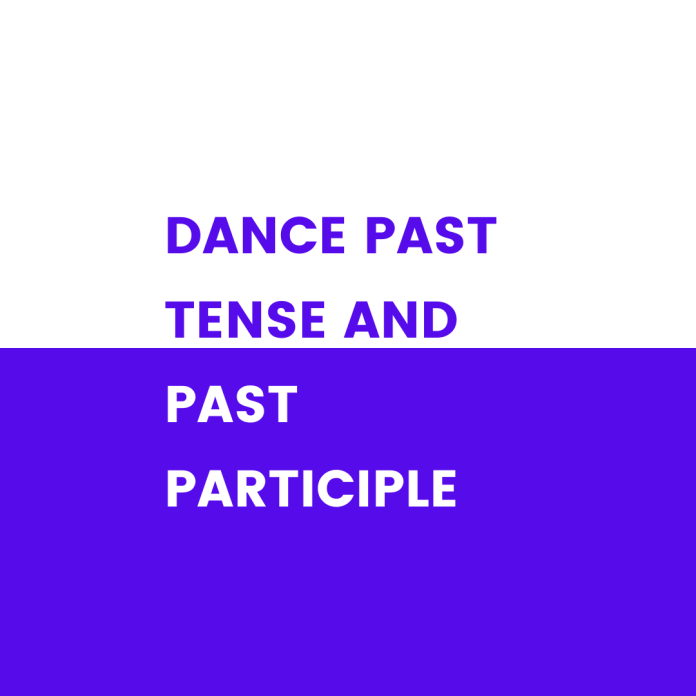Introduction:
Dance, a universal language of expression, has captivated audiences throughout history. Beyond the movements on stage, it’s intriguing to delve into the grammatical nuances associated with this art form. In this article, we will explore the past tense and past participle forms of the verb “dance,” shedding light on how the linguistic journey of dance echoes its rhythmic evolution.
Dance Past Form/ Past Form of Dance:
The past form of the verb “dance” is “danced.” This simple transformation of the present tense to the past encapsulates the timeless essence of dance. Whether it’s the graceful pirouettes of a ballet dancer or the energetic footwork of a hip-hop performer, each movement becomes a step back in time when described in the past form.
Past Participle of Dance:
The past participle of “dance” is “danced” as well. The past participle is commonly used in perfect tenses and passive constructions. For example, “She had danced gracefully” or “The dance was beautifully danced.” The past participle retains the essence of the action while adding a layer of completion or continuity.
Simple Past Tense of Dance:
The simple past tense of “dance” is “danced” as well. It is used to describe an action that occurred and was completed in the past. For instance, “They danced all night at the party” or “She danced in the rain.” The simple past tense offers a snapshot of a specific moment in the temporal tapestry of dance.
Dance Verb Forms V1, V2, V3:
- V1 (Base Form):
- The base form of “dance” is the infinitive, representing the fundamental form of the verb. “To dance” is an expression of the potential for movement and expression through dance.
- V2 (Past Simple):
- As mentioned earlier, the V2 form of “dance” is “danced.” This is the past simple tense, encapsulating actions that occurred and concluded in the past.
- V3 (Past Participle):
- The V3 form of “dance” is also “danced.” This represents the past participle, indicating actions that have been completed or are in a state of continuation.
Understanding these verb forms provides a comprehensive view of the versatility of the word “dance” across different contexts and time frames.
Dance Future Tense:
While dance is inherently a present and dynamic activity, the future tense can be applied to describe planned or anticipated actions. For instance, “They will dance at the grand event” or “She is going to dance in the upcoming performance.” The future tense in dance hints at the continuous evolution of this art form and the anticipation of future movements and expressions.
Conclusion:
In the rhythmic tapestry of language, the verb “dance” weaves a story that transcends time and resonates with the beating heart of human expression. By exploring its past tense and past participle forms, we gain insight into the linguistic nuances that accompany the physical beauty of dance. As we reflect on the V1, V2, and V3 forms, we witness the verb’s ability to adapt to various grammatical contexts, much like dance adapts to different cultural and artistic landscapes. And as we look towards the future tense, we acknowledge that dance, like language, is a living entity, destined to evolve and inspire generations to come.






